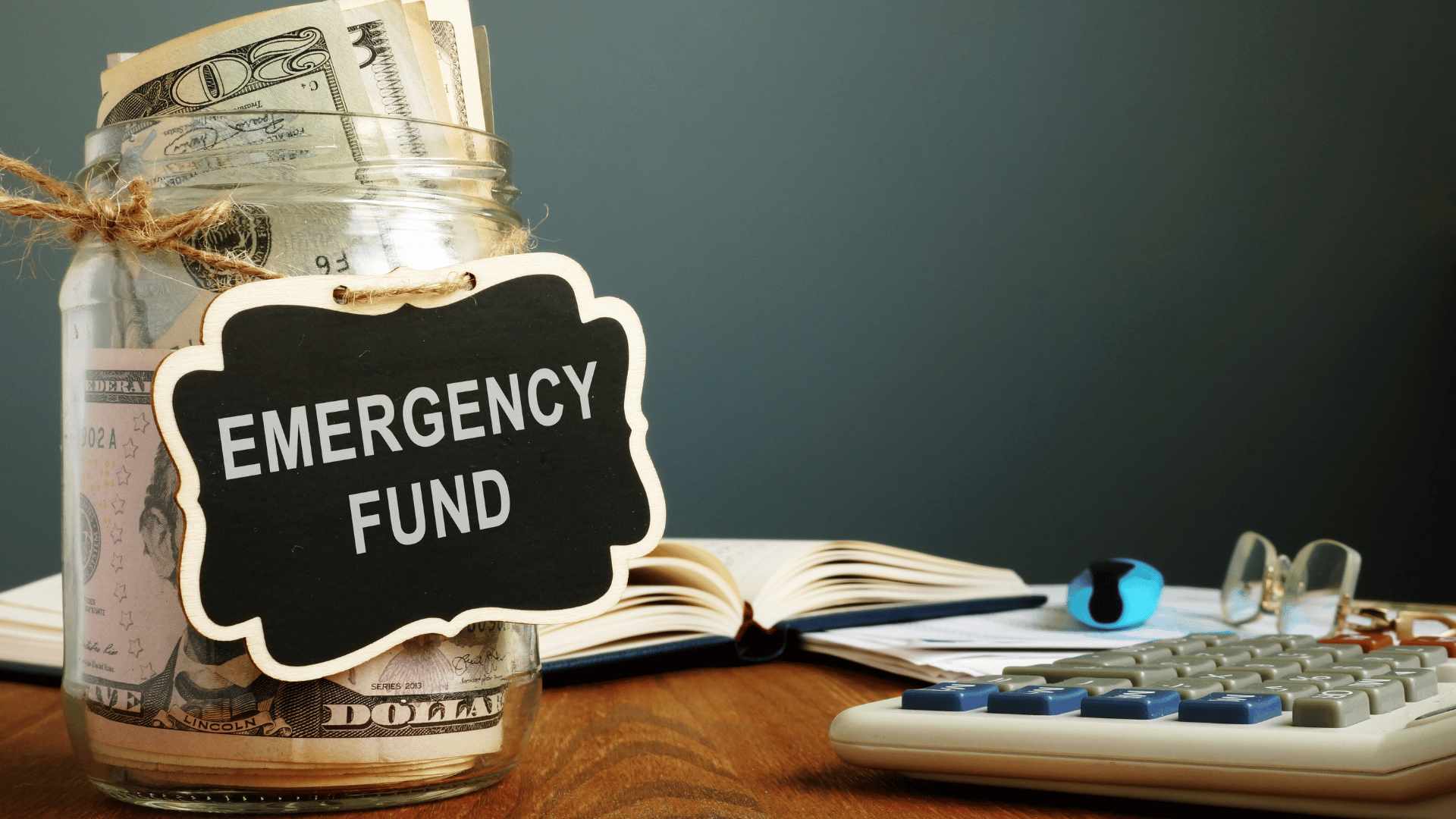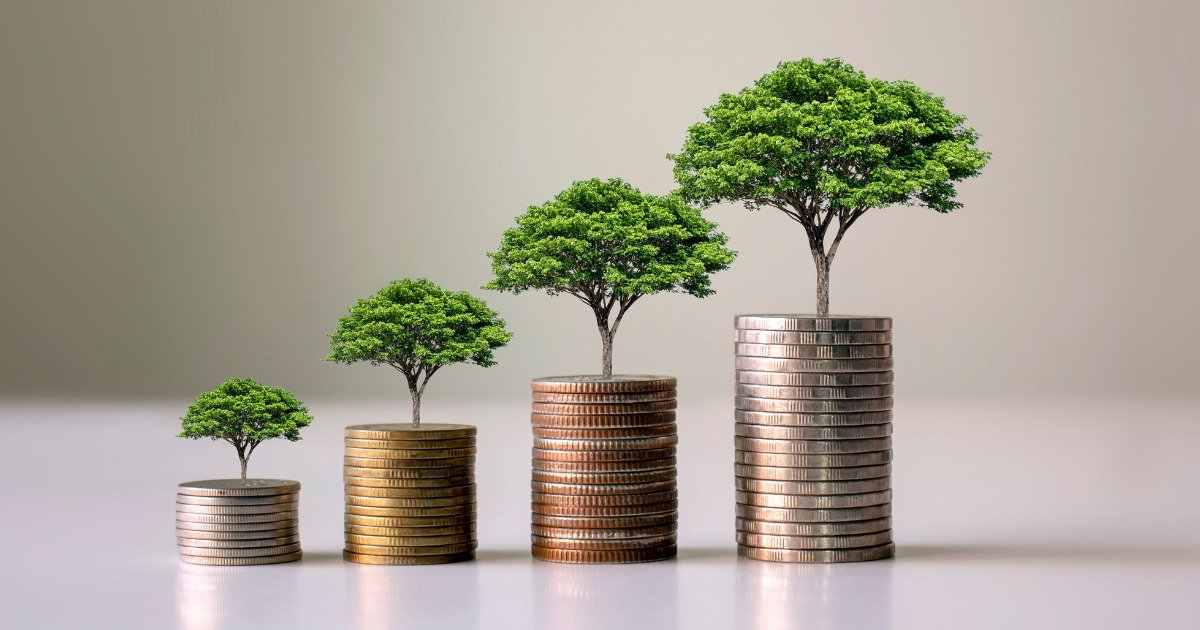
Life is unpredictable, and financial emergencies can strike at any moment. Whether it’s an unexpected medical bill, a sudden car repair, or a job loss, having an emergency fund can provide crucial support during these challenging times. An emergency fund is more than just a savings account; it’s a vital component of financial stability that ensures you’re not relying on credit cards or loans to cover unexpected expenses. Let’s dive deeper into why you need an emergency fund and how to effectively build one.
The Importance of an Emergency Fund
1. Financial Resilience in Crisis
Having an emergency fund creates financial resilience. When you face an unforeseen situation, this fund acts as a buffer to cover your basic expenses. It allows you to avoid making hasty financial decisions or falling into debt, as you’ll have the resources to weather the storm without sacrificing your long-term financial goals.
2. Peace of Mind
Knowing you have a financial cushion brings peace of mind. Emergencies will happen, but if you’re financially prepared, you can approach these challenges with a clearer, calmer mindset. Instead of panicking, you can focus on solving the problem at hand, knowing that your immediate financial obligations will be covered.
3. Protection Against Job Loss
A common reason for financial strain is job loss. Losing a source of income can be extremely stressful, especially when you have bills to pay. An emergency fund serves as a financial bridge in this scenario, providing you the time and space to search for a new job or secure alternative income streams without the added pressure of meeting immediate expenses.
4. Avoiding High-Interest Debt
In times of crisis, many individuals turn to credit cards or loans to cover unexpected expenses. While this might provide immediate relief, it can lead to accumulating high-interest debt. With an emergency fund in place, you reduce the need for borrowing and avoid the interest traps that can lead to long-term financial problems.
How to Build Your Emergency Fund
1. Set a Realistic Goal
A critical first step in building an emergency fund is determining how much you need to save. While financial experts commonly recommend having three to six months of living expenses set aside, this goal may vary depending on your circumstances. If you have dependents or irregular income, you might want to aim for a larger fund. Start by calculating your monthly expenses (rent, utilities, groceries, insurance, etc.) to set a realistic target.
2. Create a Budget
To reach your emergency fund goal, you need to find ways to allocate funds toward savings. Start by reviewing your monthly income and expenses. Identify areas where you can cut back, like dining out, subscription services, or non-essential purchases. A budget helps you prioritize your emergency fund while still covering all necessary expenses.
3. Automate Your Savings
One of the easiest ways to build your emergency fund is by setting up automated transfers from your checking account into a separate savings account. By automating the process, you treat your savings like a fixed expense. This ensures you consistently contribute to your fund without thinking about it, and you reduce the temptation to spend that money elsewhere.
4. Use Windfalls to Boost Savings
Windfalls such as tax refunds, work bonuses, or gifts can provide a great opportunity to give your emergency fund a boost. Rather than spending these unexpected funds on luxuries, consider directing them toward your emergency savings. This can significantly shorten the time it takes to reach your goal.
5. Start Small, Build Gradually
If saving large sums feels overwhelming, begin by setting smaller, achievable goals. Start with building a fund to cover one month of expenses, then gradually increase it over time. The key to success is consistency. Even saving a small amount each month can have a large impact over the long run, and the habit of saving will eventually become ingrained.
6. Consider High-Interest Savings Accounts
To make your emergency fund grow faster, consider placing it in a high-interest savings account. While these accounts typically offer slightly higher interest rates than traditional savings accounts, they can help your savings compound over time, allowing your fund to grow faster with minimal effort.
7. Review and Adjust Your Fund Regularly
Your financial situation may change over time, so it’s important to review your emergency fund goal periodically. As your expenses or income fluctuate, adjust your target amount accordingly. Keeping your emergency fund aligned with your current situation ensures that it will continue to meet your needs when unexpected costs arise.
The Bottom Line
An emergency fund is not a luxury; it’s an essential tool for financial stability. Building this fund might take time, but the peace of mind it provides during life’s unexpected events is invaluable. By starting with a realistic goal, automating your savings, and using windfalls wisely, you’ll steadily build a safety net that protects you from debt and financial strain. Emergencies happen, and being prepared is the best way to face them with confidence.
Start today, and take the first step towards securing your financial future!



